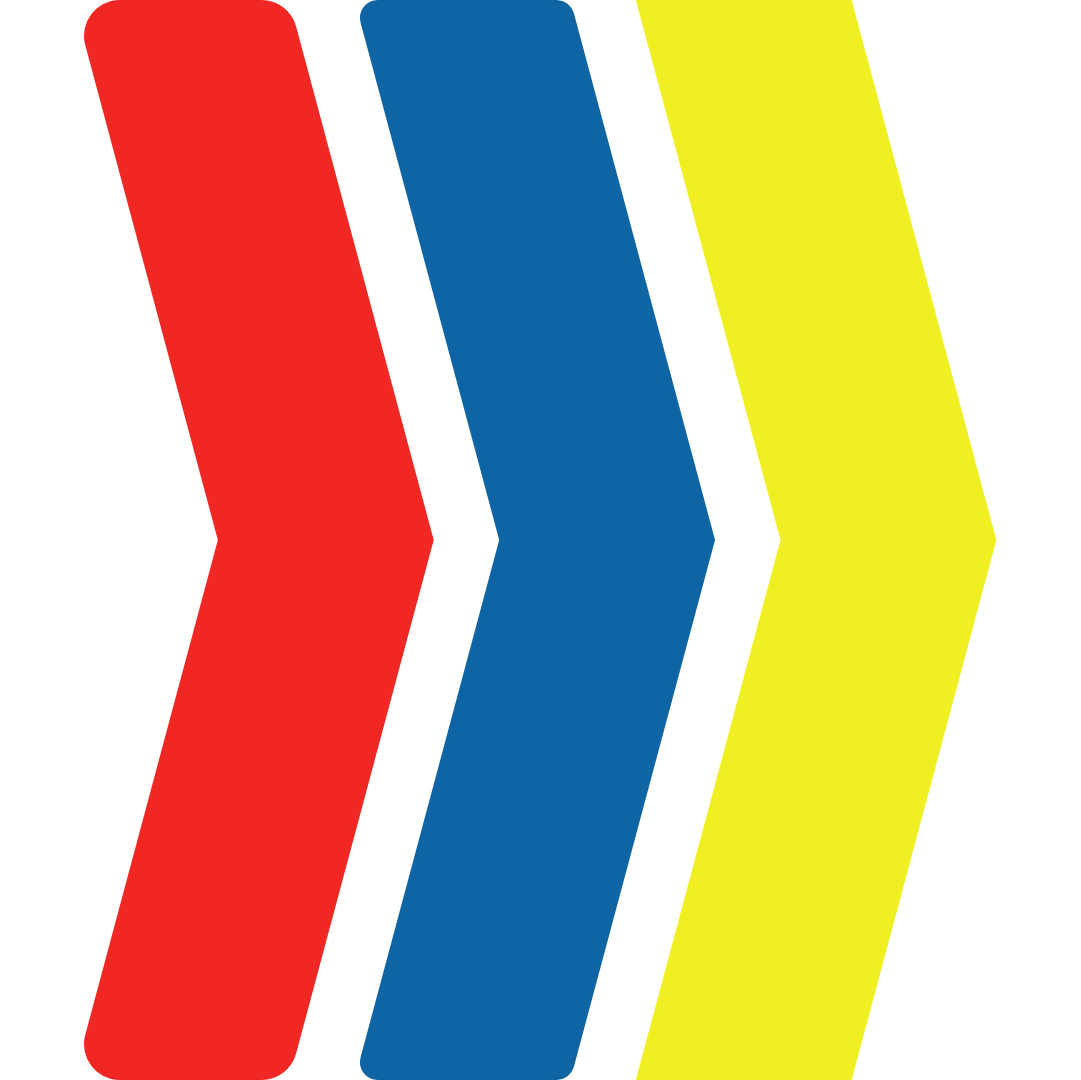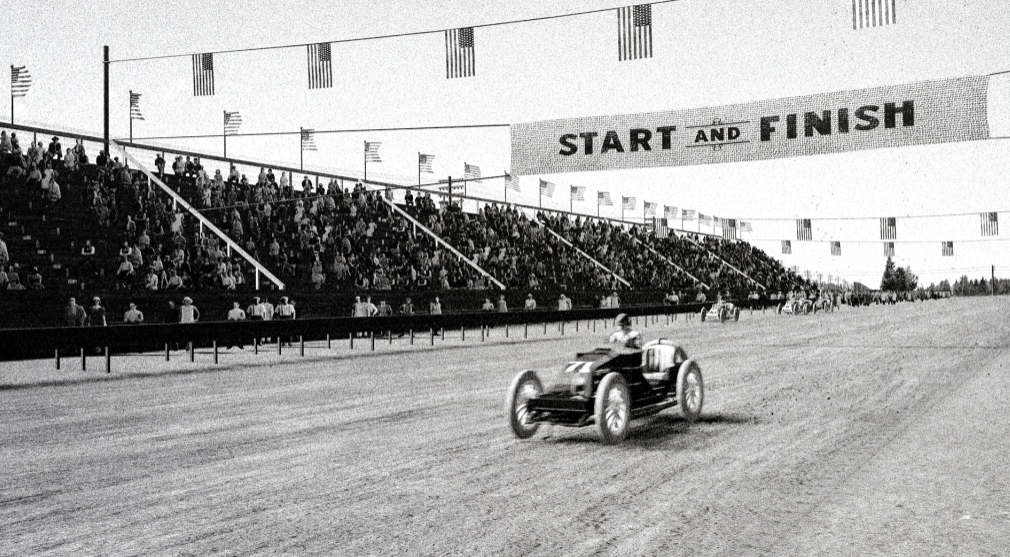The Historic Racing League is returning in 2025 with a bold new series that will begin with the early days of motorsport and span through multiple decades of racing to the end of the century. Series Two will continue and build on from the established success of the first HRL series, which ran from 2019 to 2024.
Discord Server
HRL has switched to a brand new Discord server for S2, preserving the previous server as an archive for lore, history, and information. Where possible, guides and tutorials have been made to make getting involved a little easier.
Website
We have worked to overhaul the existing website and the new HRL site will contain much more information than before.
Championships
HRL Series Two will have three to four shorter championships in the pre-war era of motorsport, as well as non-championship races. This will help to establish the early history of motorsport in S2’s universe, before the league transitions to post-war racing with Formula One, sportscar racing, rallying and more.
In seasons that we don’t drive, various simulation methods will be attempted to fill out results, with Lights to Flag being a reliable baseline.
Roleplay
Roleplay will remain largely player-driven. However, we’re aiming to implement some improvements to help encourage it further. For example, the documenting of press-posts and paddock interactions via the Wiki, so that such posts are easier to find alongside the rest of the lore. We’ve also added a “world-news” channel, which will help drivers to contextualise posts where needed, and will be utilising newspaper clippings alongside other visual improvements to help with immersion.
If you need help fleshing out your character, we’ve created a Roleplay Guide which you can use to help get situated. This is quite detailed, but don’t worry – if you feel overwhelmed, generally it’s difficult to go wrong creating a character, and admins can help you. The guide can be found Here.
Injuries
As with HRL 1, Injuries will be an important part of the league dynamic, and as such the system used has been entirely revamped. This will allow for more nuance while being less complicated for drivers to use. It uses a point system based on context to decide if your crash is a Soft/Medium/Hard, as before, but with other safety features factored in. Drivers can then use a custom discord command to find out the results & injury types without having to guess. A guide on the new system can be found in the #injury-rolls forum.
Wiki
We will be using a new wiki for S2 and will switch to using Miraheze due to its customisation and the lack of intrusive ads. The new wiki will serve as the place to write lore about characters, events, and history as well as anything else that may happen in our timeline.
If you don’t feel able to add to the Wiki, feel free to ask Staff for help, or utilise the new #wiki-submissions forum to have information added for you by an admin. We’ve added this so that drivers who otherwise wouldn’t use the wiki can contribute if they would like, without having to work within the wiki structure or worry about mistakes.
The new wiki: https://wiki.historicracing.cc/wiki/
In Addition
- Custom teams and Privateer entries will be expanded upon in HRL 2. Fully custom teams, such as Scuderia Margheriti in HRL 1, will be added via application, with high quality submissions by regular members considered. Staff and creative members will be able to help with the presentation thereafter (liveries etc.). There will be a soft limit for the number of these active at once.
- Throughout the running of HRL1, several members of staff have learned to mod Assetto Corsa, which means there is potential to use bespoke cars, engines, and tracks in some scenarios.
- We will likely be experimenting a little bit with systems in the early seasons, but if drivers have any ideas feel free to let us know either via one of the public channels or DM.
Conclusion
From all of us in the HRL admin team, we’d like to thank every driver who helped to make HRL 1 such a success. For some of us, HRL has been a big part of our sim-racing hobby for almost 6 years, and while many drivers have come and gone, the unique structure of our league and the community who have formed around it have allowed us to cover a grand total of 24 driven seasons across Rally, Grand Prix and Sportscar events, with many more to come.
In 1968, the FIA introduced regulations to reduce driver fatalities.
Welcome to 1923.






